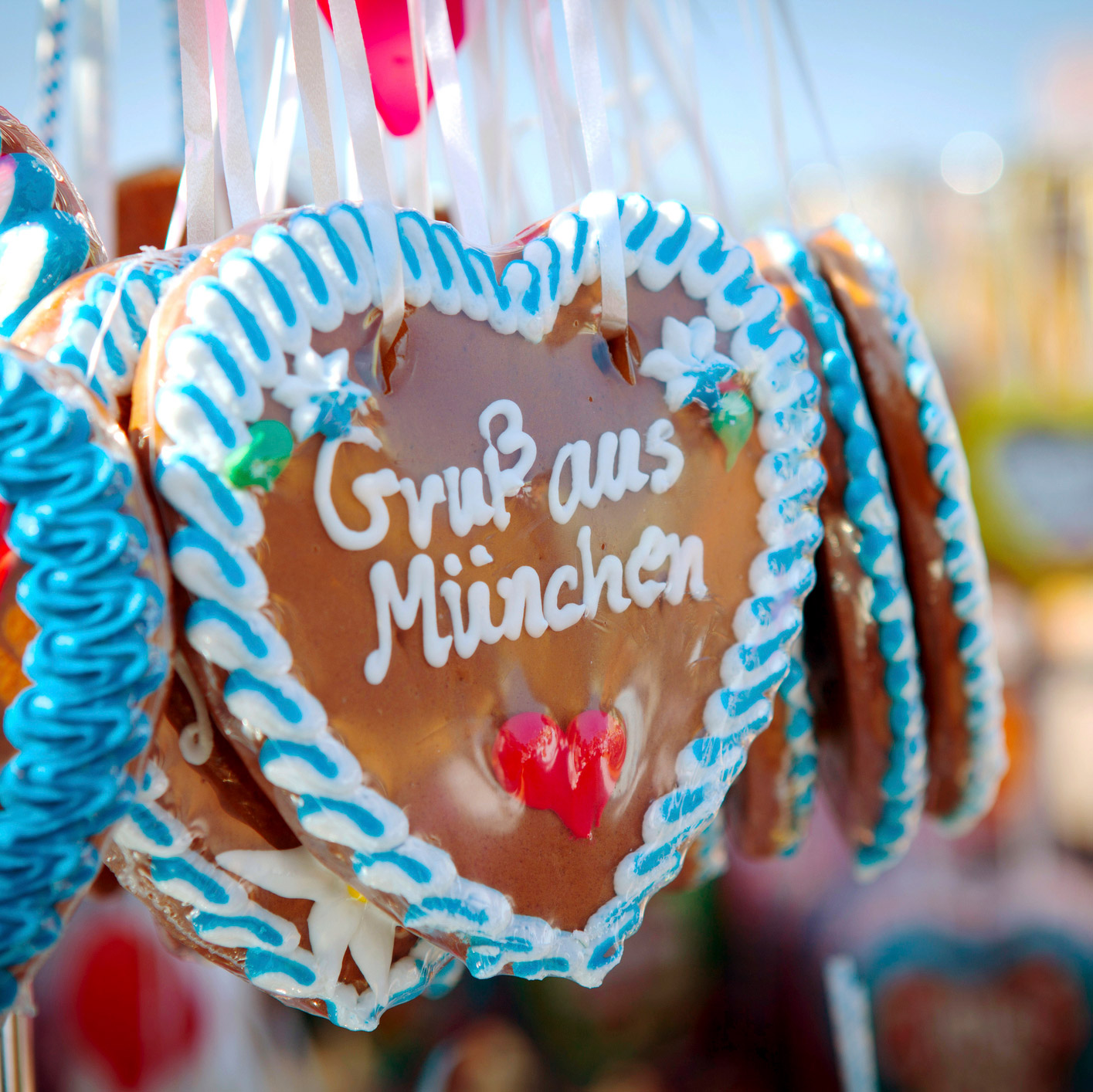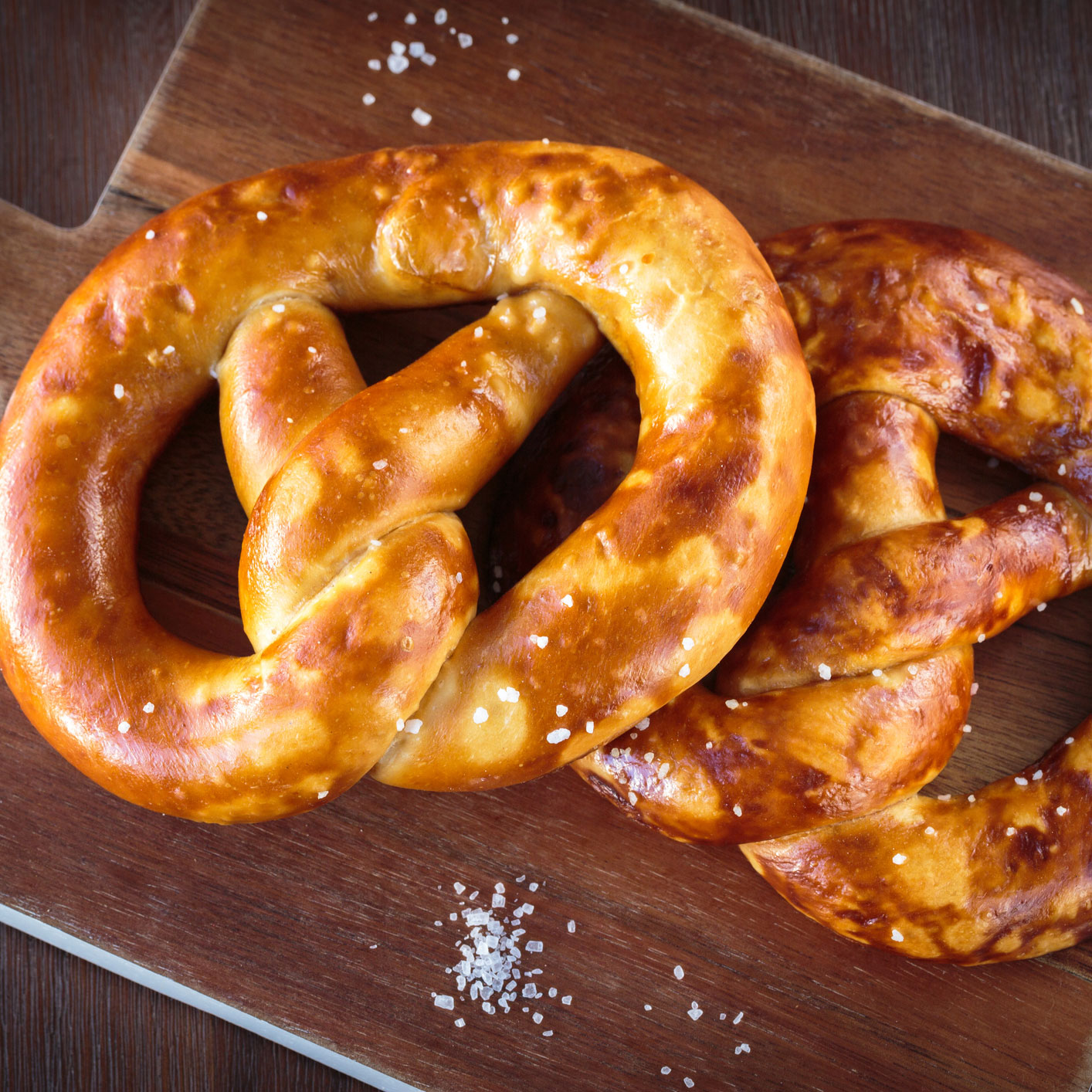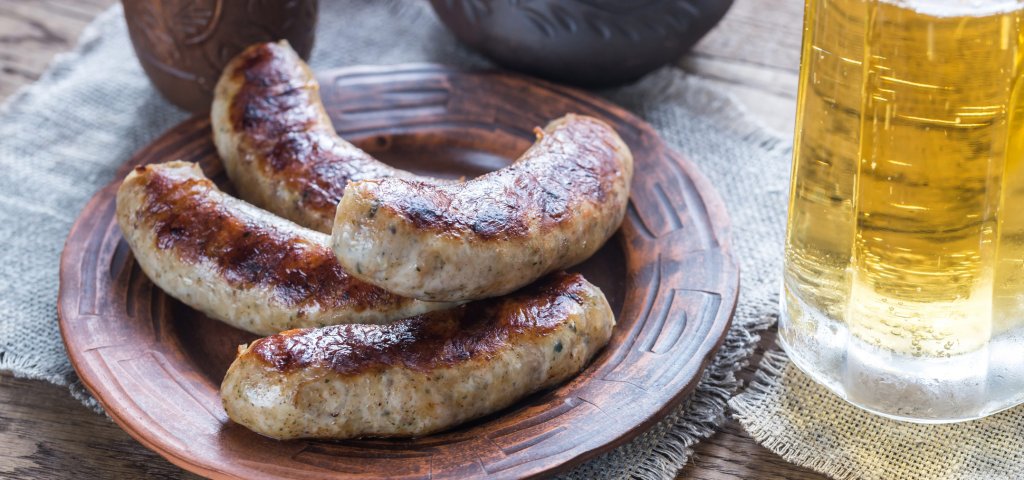A Catholic region of staunchly held traditions, Bavaria has shaped much of how the world sees Germany. Cold winters and rural landscapes populated by herds find their match in the region's food—root vegetables and potatoes flourish under showers of snow and rays of mountain sun. "Bavarian cuisine is heavy and rich because the weather is up and down," says Georg von Uckermann, chef at Slyrs Caffee & Lunchery in Schliersee, a sister restaurant to a whisky distillery in the Alps. "We have to eat heavy things!"
For the uninitiated, Bavarian food can seem unromantic. If French cuisine is your fancy cousin, Bavarian is your stern but doting grandma: set in its ways, a little on the heavy side, but always comforting, warm, and easy to love.
An agricultural environment meant workers needed sustenance—something cheap and easy to make for loved ones after a long day. So bratkartoffeln (sliced and fried potatoes) and knödle (dumplings) became a staple in Bavarian households, alongside thin stretches of pork or veal and blaukraut (red cabbage), called Schweinebraten (roasted pig).
As with every family-orientated cuisine, recipes here are as precious as gold dust. Dishes like Schnitzel—chicken, veal or pork dipped in egg, flour and breadcrumbs—have their own unique method within families. Preparing a meal with hands is treasured—fingers get messy and aprons adorned with flour. The kitchen is the centrepiece of a Bavarian home and rarely leaves a belly rumbling.
Rouladen is the epitome of this. A sizeable dish that requires time and effort and a classic oma (grandma) favourite, it's something that can be easily taught and remembered. Thinly sliced beef is rolled together with mustard, pickle, onion, bacon and spices and tied together using string, so they eventually look like overstuffed sausages. Stewed for hours, it is best eaten for lunch on the weekends, when family time is savoured and leftovers are relished.
A love of family tradition also means that most long-held breweries have stuck around in southern Germany and thrived off the back of tourist attractions like Oktoberfest. Weissbier (pronounced "vice beer"—the irony is not lost to English speakers) is a pale ale made famous for its misty appearance and cloudy head. A light taste means it is well loved and easily adapted in other parts of the country: Berliners sometimes add Himbersaft (raspberry syrup) to weissbier, and have nicknamed the drink after themselves, calling it "a Berliner".
Baking

With a spiritual heritage, baking is an earnest undertaking. Lebkuchen (gingerbread) were once pictorial representations of stories from the Bible—designs printed on them as spiritual offerings. Nowadays, lebkuchen take on a touristic appetite: shaped like hearts and hung with ribbon at Christmas markets and gift shops, with names or phrases written in icing and rimmed with blue and white marzipan—the Bavarian flag colours—like edible greetings cards.

The humble pretzel, too, has become a symbol of wholesome German food. Often eaten as a savoury snack with weisswurst (white sausage) and süßer senf (sweet mustard) in beer gardens on a summer’s day, it epitomises the charm of uncomplicated eating and cooking. “I like Bavarian food because it is honest and simple. No fuss, just eat,” adds Georg, whose own favourite dish is the hearty and reliable Schweinebraten.
Cultural roots
A religious culture, however, means traditionally ample meals can be restricted. On Good Friday, families ration themselves to green vegetables, bread and water—a tradition long forgotten in other parts of Germany but celebrated in Bavaria. It is in stark contrast to the normal hedonism of a Bavarian breakfast, with its impressive array of cured meats, mountain cheese and fish.
Bavaria has its roots in wholesome cooking, while French or Italian cuisine is characterised by its minimalistic and intricate style. It may lack the sex appeal that make other cuisines attractive, but its intention is not to impress. It is a demonstration of humble pleasures and the power of storytelling through the ages: a "no fuss, just eat" kind of food.




